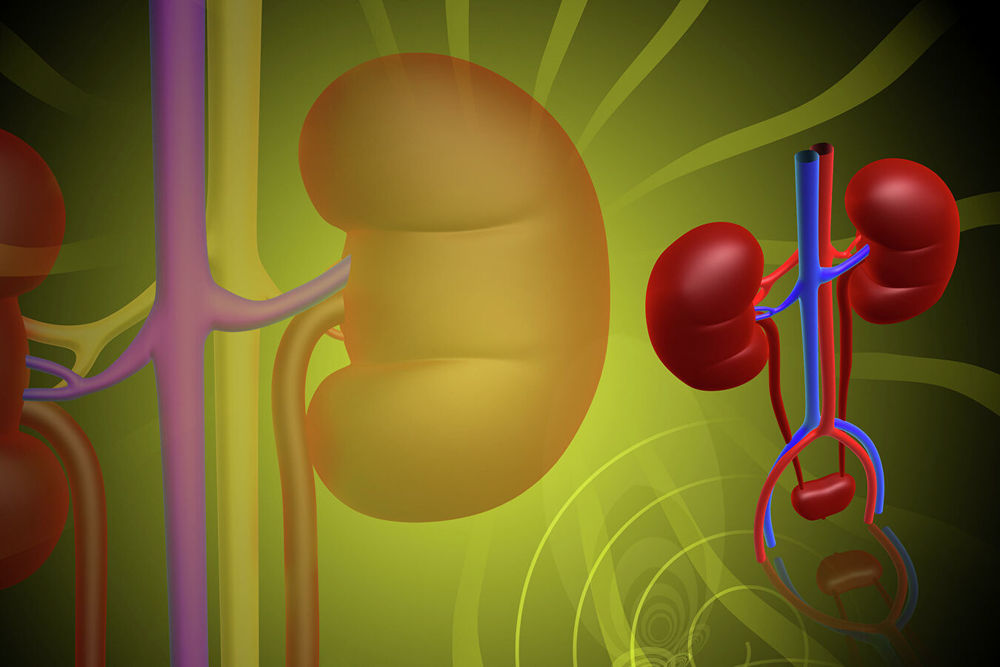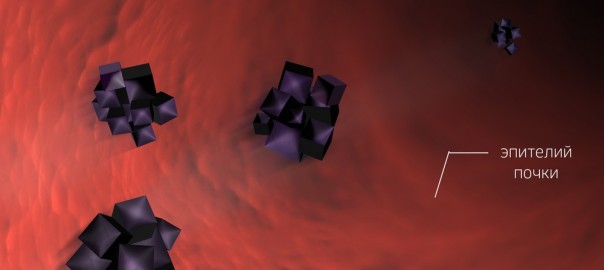Scientists at the National University of Science and Technology “MISIS” (NUST MISIS) have identified a new mechanism for removing magnetic nanoparticles through the kidneys, which will help to create more effective and safe drugs. The results of the study are published in the Journal of Controlled Release.
“The combination of such methods as atomic emission spectroscopy, fluorescence microscopy, and magnetic resonance imaging revealed the rapid accumulation of magnetic nanoparticles in the kidneys. Moreover, intravital microscopy made it possible to track in real-time the transportation of nanoparticles from the blood into the renal clearance within an hour after administration. Two hours later, with the help of transmission electron microscopy the magnetic nanoparticles were detected in the urine of animals,” said one of the study authors, Maxim Abakumov, head of Laboratory of Biomedical Nanomaterials at NUST MISIS.
 The results suggest that it is possible to transport nanoparticles through the endothelial barrier, not into the glomerular filter of the kidney, but directly into the renal tubule.
The results suggest that it is possible to transport nanoparticles through the endothelial barrier, not into the glomerular filter of the kidney, but directly into the renal tubule.


